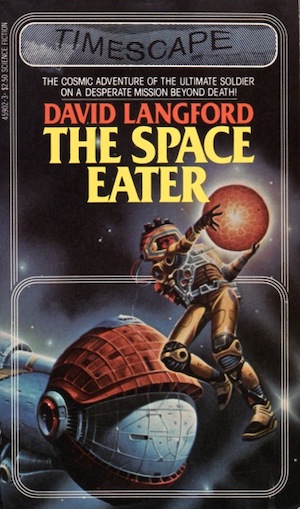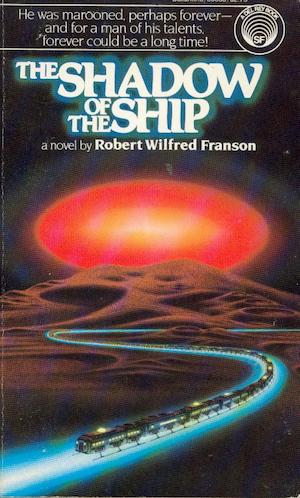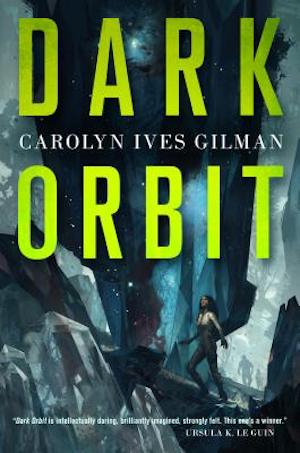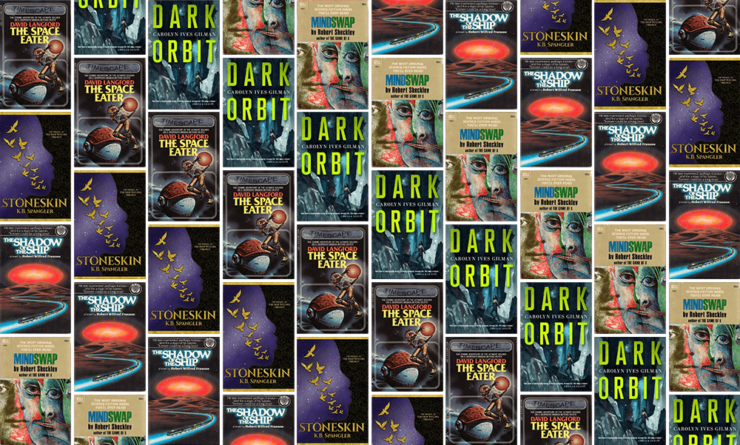Starships are all very nice—who among us has not wanted to own a Type-S Scout with the upgraded life support system?—but not all authors stick with that well-tested method of getting their characters from A to distant B. Ponder these five novels, each of which posits a new way of traversing the gulfs of space.
Mindswap by Robert Sheckley (1966)

Alas for Marvin Flynn, travel to the other worlds of the Solar System is beyond his means. Travel to the enticing worlds orbiting other stars is even more fantastically expensive. But … there exists an affordable alternative. Why pay to ship his entire body to another world when he can simply swap minds with some denizen of a far-off planet? All the benefits of interstellar tourism can be his with none of the bother! What could go wrong?
Ze Kraggash is what. Marvin wakes in a borrowed body to discover that Kraggash has sold occupancy rights to several beings. Only the first customer has the right to remain in the rented form, so Marvin must return to his own body. Pity that the criminal Kraggash has fled with it, for if Marvin’s body is not found before he is evicted from his current domicile, Marvin will perish.
Detective Urf Urdorf could be Marvin’s salvation, if only the detective’s boundless confidence were backed by the smallest scintilla of competence. Faced with impending eviction and death, Marvin turns to the disreputable Open Market, hoping to flee to a black-market body. This is a decision he will both rue and lament.
***
The Space Eater by David Langford (1982)

Project Hideyhole’s geniuses gave America Anomalous Physics. Anomalous Physics let Americans tweak the laws of physics to their taste. Thus, dimensional gates that facilitated an American colony on Pallas, a world that is many light-years from Earth. Thus, the inadvertent destabilization of six percent of the stars across the Milky Way and beyond. Thus, the inadvertent megamegaton explosion as Hideyhole stumbled across total conversion of matter to energy. Thus, the global thermonuclear exchange that followed thanks to the US assumption the explosion was a Soviet attack.
Having sat out WWIII, the EEC places very sensibly limits the use of AP. The problem is the American colony on Pallas, which has been isolated since WWIII. The Europeans detect that the Pallasians are dabbling in Anomalous Physics. Someone must be dispatched to convince Pallas to drop this research before more stars—stars like the Sun—are destabilized. The problem: a full-scale gate of the width needed for an adult male like unfortunate voluntold Forceman Ken Jacklin could well set off more novas. A smaller gate—1.9 cm, say—may be safe. The first step towards Pallas is going to be very, very hard on poor Forceman Jacklin, but this is a sacrifice his superiors are willing to make.
***
The Shadow of the Ship by Robert Wilfred Franson (1983)

Marooned far from Earth, Hendrik Eiverdein Rheinallt has no starship. He does not need one as long as he is satisfied to travel between the fifty-four Trail Worlds. Despite being technologically backward compared to Earth, the Trail World nevertheless possess a form of interstellar travel, thanks to the waybeast caravans wending their way across other-dimensional subspatial meadows.
However, Rheinallt would like to return home. Since Earth itself is not one of the Trail Worlds, and cannot be reached by caravan, this means the Earth man will have to find some more conventional form of transportation, which is to say, a starship. He has arrived at a delicate moment in Trail World history, however, and should his quest for a starship be successful, the ramifications for the Trail Worlds could be profound.
***
Dark Orbit by Carolyn Ives Gilman (2015)

In the ancient past, sublight starships populated the Twenty Worlds. Once established, the Twenty Worlds no longer needed to settle for mundane physical transportation. Instead, they embrace the convenience of lightbeam travel, vanishing on one world to appear on another world a heartbeat later. Or, if one prefers the perspective of a stationary frame, reappearing as long as it took light to crawl from one solar system to another.
Researcher Saraswati Callicot returns home to Capella Two, where she discovers that while in transit, she not only lost a crucial lawsuit but missed the deadline to appeal. The riches she expected to await her are nowhere to be seen. Rather conveniently for Capella Two’s rulers, Callicot’s financial woes mean she will be forced to accept assignment on Iris, a dark-matter-rich world almost sixty light-years from Capella Two. A fantastic scientific mystery awaits! As does a long (minimum, more than century) transportation lag.
***
Stoneskin by K.B. Spangler (2017)

Passenger travel on conventional starships costs the kind of money that poverty-stricken Tembi Moon can never expect to possess. She’ll probably have to spend the rest of her impoverished and quite possibly short life on the planet of her birth. Or at least she would if there weren’t other means of interstellar travel.
By way of the Deep. Vast, enigmatic, powerful, and as friendly as a puppy, the Deep can transport those dear to it from one world to another. Tembi finds that she is one of the Deep’s fortunate chosen, a so-called witch.
The witches’ friendship with the Deep, and the cheap, convenient transportation they can facilitate, grants them enormous power. Fearing the consequences to witchkind should they dabble in mundane politics, the witches try to steer a neutral path. From Tembi’s perspective (she is one of the few witches from a disadvantaged background) neutrality is the same as siding with the powerful. Tembi finds the results abhorrent. Her attempts to use her power responsibly will upend the galactic balance of power.
***
No doubt each and every one of you has your own favourite alternative to starships. Many of you may be baffled as to why this list of exactly five works does not contain six or more items! Feel free to comment below.
In the words of Wikipedia editor TexasAndroid, prolific book reviewer and perennial Darwin Award nominee James Davis Nicoll is of “questionable notability.” His work has appeared in Publishers Weekly and Romantic Times as well as on his own websites, James Nicoll Reviews and the Aurora finalist Young People Read Old SFF (where he is assisted by editor Karen Lofstrom and web person Adrienne L. Travis). He is a four-time finalist for the Best Fan Writer Hugo Award and is surprisingly flammable.










